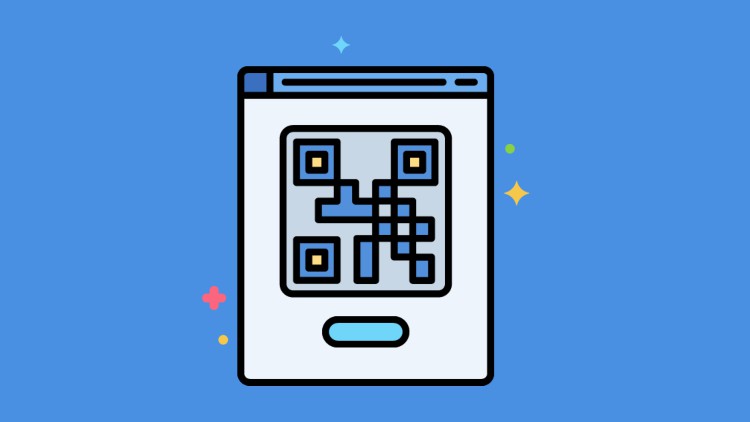
Become a web developer using: HTML | CSS | JavaScript | PHP | WordPress
What you will learn
Create webpages with HTML
Apply styling to Webpages with CSS
Make web pages interactive with JavaScript
Create website with PHP
Create websites with WordPress
Add videos to webpages
Add images to web pages
Description
HTML (Hypertext Markup Language) is the code that is used to structure a web page and its content. For example, content could be structured within a set of paragraphs, a list of bulleted points, or using images and data tables. As the title suggests, this article will give you a basic understanding of HTML and its functions.
HTML is a markup language that defines the structure of your content. HTML consists of a series of elements, which you use to enclose, or wrap, different parts of the content to make it appear a certain way, or act a certain way. The enclosing tags can make a word or image hyperlink to somewhere else, can italicize words, can make the font bigger or smaller, and so on.
CSS (Cascading Style Sheets) is the code that styles web content. CSS basics walks through what you need to get started. We’ll answer questions like: How do I make text red? How do I make content display at a certain location in the (webpage) layout? How do I decorate my webpage with background images and colors?
Like HTML, CSS is not a programming language. It’s not a markup language either. CSS is a style sheet language. CSS is what you use to selectively style HTML elements. For example, this CSS selects paragraph text, setting the color to red:
JavaScript is a programming language that adds interactivity to your website. This happens in games, in the behavior of responses when buttons are pressed or with data entry on forms; with dynamic styling; with animation, etc.
JavaScript (“JS” for short) is a full-fledged dynamic programming language that can add interactivity to a website.
JavaScript is versatile and beginner-friendly. With more experience, you’ll be able to create games, animated 2D and 3D graphics, comprehensive database-driven apps, and much more!
JavaScript itself is relatively compact, yet very flexible. Developers have written a variety of tools on top of the core JavaScript language, unlocking a vast amount of functionality with minimum effort. These include:
- Browser Application Programming Interfaces (APIs) built into web browsers, providing functionality such as dynamically creating HTML and setting CSS styles; collecting and manipulating a video stream from a user’s webcam, or generating 3D graphics and audio samples.
- Third-party APIs that allow developers to incorporate functionality in sites from other content providers, such as Twitter or Facebook.
- Third-party frameworks and libraries that you can apply to HTML to accelerate the work of building sites and applications.
PHP is a general-purpose scripting language geared towards web development.
WordPress is a free, open-source website creation platform